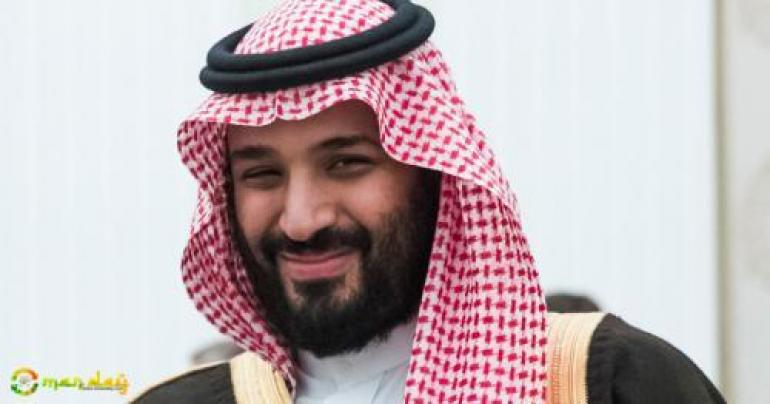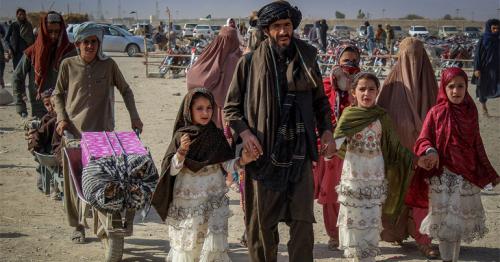The signs that Iran and Saudi Arabia preparing for war
The Islamic rivals are already battling indirectly in several countries. Their enmity may pose a bigger global risk than North Korea.
Where will the world’s next catastrophic war erupt? And what will trigger it?
However risky the North Korean nuclear stalemate remains, the more likely battleground once again appears to be the Middle East.
And the growing rivalry between the region’s most powerful countries — Iran and Saudi Arabia — will be what triggers it.
In recent weeks, the potential flashpoints across the Middle East have been dangerously intersecting with each other.
They include the deepening war in Syria, the risk of Israeli involvement, the humanitarian disaster in Yemen, the disarray within Lebanon, the continuing sectarian conflict in Iraq and the fear that new nuclear weapons may be introduced in the region.
But magnifying the risk is what looms above all these conflicts.
In varying degrees, all are being fuelled or influenced — as a form of proxy war — by what many Middle East analysts fear is the coming showdown between Iran and Saudi Arabia.
This is not only a showdown over religion, dividing all of Islam, with Shia Iran and Sunni Saudi Arabia at the opposite ends of an Islamic rift that dates to the 7th century.
Above all, it is a showdown about power and history in the Middle East. Who will dominate the region? Who will shape the future? And who will lose?
It is impossible to sort through the many crises within the region without understanding the historical context of this crucial relationship. And that is particularly important now.
In recent days, an excellent two-part, three-hour PBS FRONTLINE documentary, titled “Bitter Rivals: Iran and Saudi Arabia,” has been broadcast. It can be watched online at www.pbs.org/wgbh/frontline/
With correspondent Martin Smith, FRONTLINE teams in the past two years visited seven countries in the region and pulled together a portrait of what drives Iran and Saudi Arabia. In doing so, they explained the many complicated forces that dominate today’s crises.
Although the conflict between Iran and Saudi Arabia has its roots deep in history, the most recent transition came in 2011 in response to the so-called Arab Spring.
Saudi Arabia’s monarchy felt threatened by the popular revolts throughout the Arab world, and accused Iran of fuelling the flames. Iran’s ruling clerics, for their part, worried that their own survival was at stake.
When he was U.S. president, Barack Obama tried — unsuccessfully — to lower tensions between the two Middle Eastern powers. His appeal was that they should learn “to share the neighbourhood.” Although that angered the Saudis, it is hard not to conclude that, on this point at least, Obama was on the right side of history.
However, President Donald Trump has moved in an entirely different direction. He wants to scrap the historic nuclear deal the world’s major powers made with Iran, which he views as a global pariah.
Unlike Obama, he has placed no limits on Saudi Arabia, a position that has been evident in Yemen where Saudi Arabia is being accused of war crimes. Iran, meanwhile, has been involved in the support of the Assad regime in Syria, as well financing the Hezbollah movement in Lebanon.
In the PBS documentary, it was pointed out that if more than a million people have died in the region’s conflicts in the past decade, few have been Iranian or Saudi citizens.
The program is probably most revealing in placing the Iranian and Saudi stories in their historical context. Americans, in particular, often forget the enormous role — frequently destructive — of their own government and military in modern Middle Eastern history. People in the Middle East don’t suffer the same amnesia.
The program devoted its opening segment to something that illustrated this point. It was an event that haunts Iranians to this day, but which few Americans know anything about.
In 1953, Iran’s secular, democratic government, led by Prime Minister Mohammad Mossadegh, was overthrown in a coup funded and organized by the CIA and Britain’s intelligence service, known as M16.
That led to the return of the Shah of Iran, and his despotic regime, which was finally toppled in 1979 by Iran’s ayatollahs and their Islamic Revolution.
As Iran’s foreign minister, Mohammad Javad Zarif, said in the program about his own country’s relationship with the U.S.: “It is a very unfortunate fact that people have short memories, when actually some of them may not want to remember what happened.”
tag: blog , information
Share This Post






